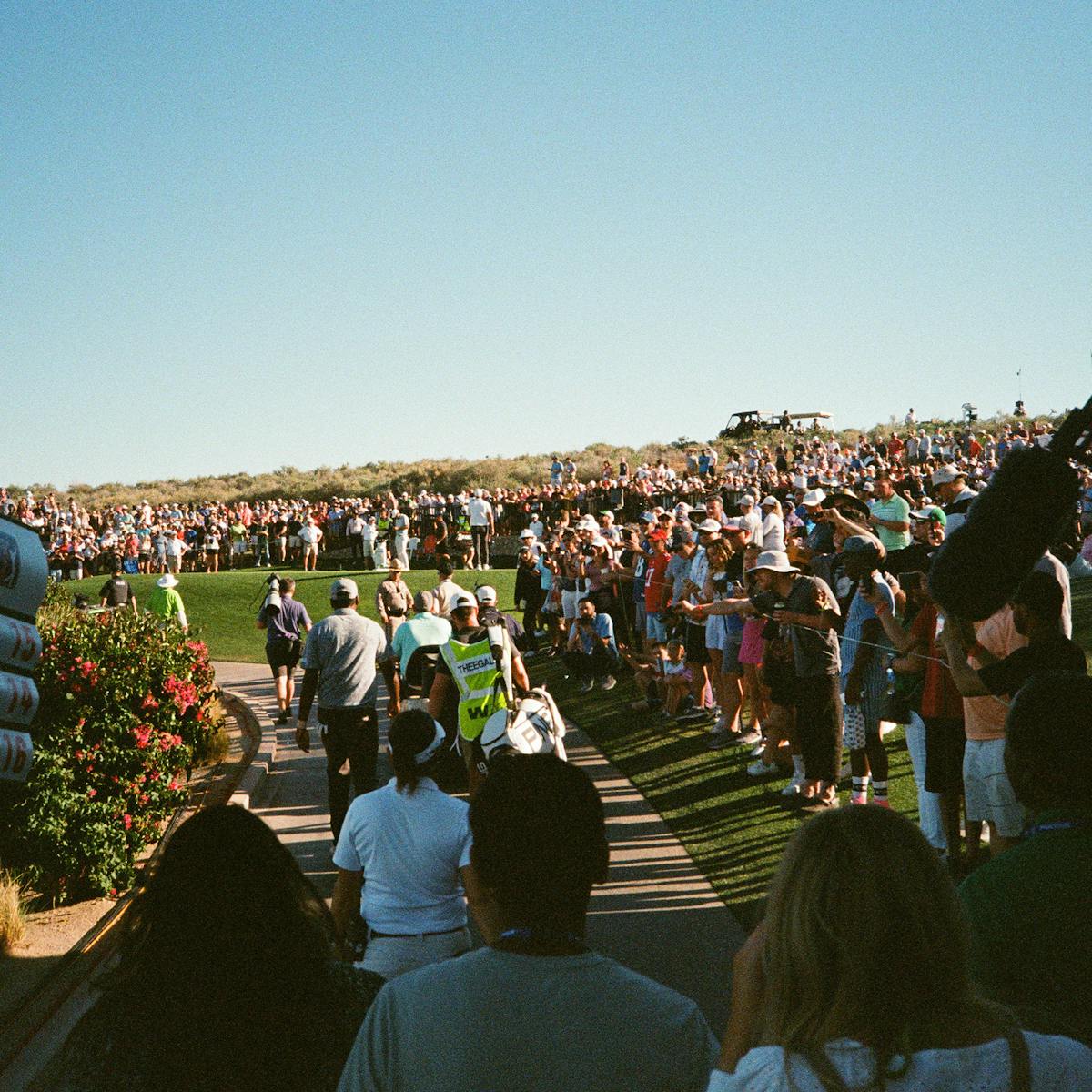Our Planet II explores the human impact on intricate systems of animal migrations around the world.
Movement is the bedrock of life no matter the creature, from the maiden voyages of Canadian geese to teenagers flying off to college, far away from their parents. In Our Planet II, the second season of nature series Our Planet, narrated by the iconic broadcaster and natural historian Sir David Attenborough, we get an inside glimpse at the jaw-dropping journeys of our animal neighbors, and how the modern world affects them. For Attenborough, “all life on Earth depends on the freedom to move,” and understanding migration is more important than ever.
With Our Planet II, the Emmy Award-winning team behind Planet Earth and Our Planet returns with a dazzling look at the billions of animals moving all around us. The four-part docuseries is produced by Attenborough’s longtime collaborators at Silverback Films and features breathtaking wildlife cinematography for a true bird’s-, and bee’s-, eye view.
For the second season, migration was a natural focus for series producer Huw Cordey. “Movement is absolutely fundamental to every single habitat on Earth,” he explains. Each episode covers three months of the year as rarely photographed animals fly, swim, and stampede their way home, highlighted in ways we’ve never seen before, and with exciting narrative angles. In one episode, after soaring over a water buffalo herd in a drone shot, the camera zooms into a lone buffalo’s standoff with a pride of lions, played like a scene from a Sergio Leone western.
The Our Planet II team managed to capture stunning shots, like a one-of-a-kind home visit to camera-shy tawaki penguins, with innovative technology like low-light photography and lessons from their decades of filming nature. For Cordey, it all comes down to “luck, expertise, and time. You’ve got to put the cameras in the right place, and wait till the animal goes in front of your camera.” And if the wrong animal gets too close to your camera, you have to change plans.
On the remote Pacific island of Laysan, things did not turn out as expected: The crew set up for an underwater shoot, but were driven ashore by two tiger shark attacks. Instead, filmmakers spent six weeks with a single Laysan albatross chick waiting for his father to return, and the result is a deeply affecting portrait of a young animal learning the circle of life, complete with close-ups befitting a Hollywood actor. But unlike actors, “animals don’t read scripts,” adds Cordey. “They do unexpected things and you have to be prepared.”
Laysan also provided an organic demonstration of our impact on the natural world. In their normal feeding, the Laysan albatross and his fellow birds ingest an alarming amount of plastics, swept across the ocean from countries far away. We see firsthand the effect of our environmental policies, without leaving the narrative or even turning the camera. Executive producer Keith Scholey explains, “We wanted to make sure that whenever humans came into the series, it felt completely natural, as opposed to making it a big statement. This is the world we live in, and this is how it works now. The story naturally takes you through that.”
Our Planet II effortlessly bridges entertainment and education, anchored by Attenborough’s signature narration. Between his genuine curiosity, conversational tone, and wry nods towards humanity, the presenter makes each episode equally informative and delightful, proving he hasn’t lost a step after almost six decades in broadcasting. Much like its narrator, the show deftly weaves between exciting animal footage and storytelling elements, like zooming out from the middle of a goose migration to a world map charting their journey, then down into pronghorn elk slipping past barbed wire fences to freedom, depicted with all the tension and thrill of an action movie.
And as with many of the series’ creatures, those memorable pronghorns also become a poignant distillation of the final message of Our Planet II. After four episodes full of natural threats to our homeward heroes, we witness the pronghorns struggle and sometimes perish beneath man-made fences and across interstate highways. The instinctual migration pattern that their species has been practicing for millennia has been obstructed, and sometimes halted, by our civilization. There is hope, like a land bridge that significantly reduces pronghorn traffic deaths, but the message is clear for Scholey. “The underlying environmental story of Our Planet II is that to have a healthy planet, you can’t have borders. You have to let life roam.”












